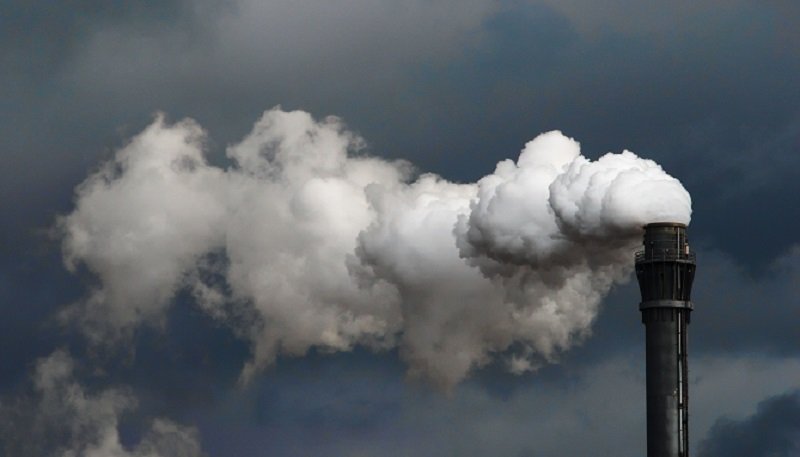
Last year saw the biggest falls in global electricity generation from coal and power sector carbon emissions since at least 1990, analysis suggests.
Electricity generation from coal fell 3% in 2019, which led to a 2% fall in carbon dioxide emissions from the power sector, according to the worldwide assessment by climate think tank Ember, previously known as Sandbag.
Though it is the biggest fall on both counts since at least 1990 when the International Energy Agency (IEA) started reporting on them, declining coal generation is not yet “the new normal”, Ember warned.
Limiting global warming to 1.5C above pre-industrial levels, which scientists warn is needed to avoid the worst impacts of climate change, looks extremely difficult, Ember said.
While coal power collapsed in the EU and the US, Chinese electricity from the fossil fuel grew last year and the country is responsible for half of global coal generation, the analysis found.
The fall in coal is partly due to a structural shift towards wind and solar but also relied on one-off factors, such as nuclear generation being restarted in Japan.
It would need to collapse at a rate of 11% a year up to 2030 to keep global warming to 1.5C, the report from Ember warned.
The US coal collapse – down 16% in 2019 – is undermined in terms of its climate impact by the fact the power sector has mostly switched to gas.
In the EU, coal generation fell by 24% and the bloc is leapfrogging from coal straight to wind and solar power, according to Ember which has previously published annual analysis of electricity transition in the EU.
Wind and solar generation rose by 15% in 2019, generating 8% of the world’s electricity.
This level of growth needs to continue for many years to tackle the climate crisis, which is possible with falling prices but will require a concerted effort from all regions, the report said.



